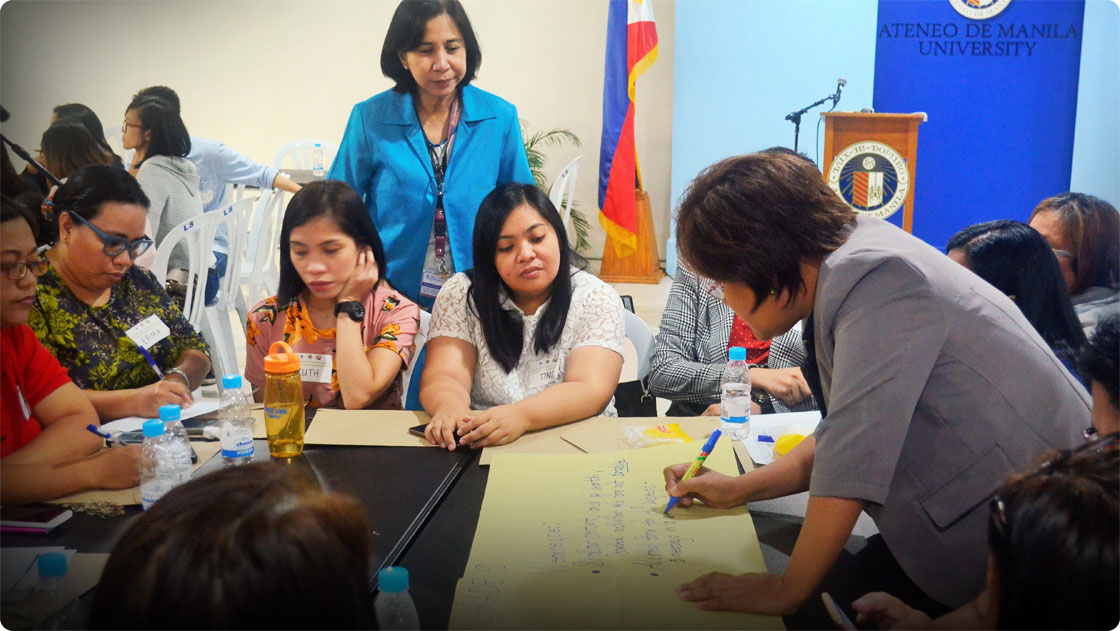57th Annual Meeting and Conference
57th Annual Meeting and Conference
Rethinking Development Strategies: Integrating Technology, Promoting Competitiveness, Reinvigorating Industries
07 November 2019 | Novotel Manila, Araneta Center, Quezon City
The Philippine economy has been growing at an average of more than six percent since 2010. The country’s economic vitality anchors in strong consumer demand, supported by remittances and improving labor market amid increasing urbanization and a growing middle class. Economic growth is further buoyed in recent years by capital investments as businesses improve productive capacity and the government pursues its infrastructure investment programs. Maintaining and strengthening this growth trajectory, however, may require rethinking of development strategies specially in the context of emerging technological trends. These technological advancements pose new opportunities and challenges to the Philippines, appearing in many facets of the economy, businesses and people’s lives such as in the rise of e-commerce, financial technology, sharing platforms, IT-BPM industry, and Industry 4.0.
Technology can promote competitiveness and productivity growth. It can benefit the agriculture sector through mechanization and the application of biotechnology, and the manufacturing and services through the integration of production systems, streamlining of processes, and improvements in supply and value chain. It is also seen as part and parcel of the solution to reduce the complexity of doing business in the country; promote social inclusion and participation; and address health and environmental challenges. Nonetheless, technologies can also be a potential source of risks and disruptions in the form of social inequality, labor displacement, and security and privacy risk. Managing the risks associated with disruptive technologies needs thoughtful answers to questions like how to better educate and equip the youth for the future, how to upgrade and reskill the workforce, how to make MSMEs more innovative, and how to address regional disparities and imbalances, among others.
Ultimately, the narrative on technology is tied to its potential as a driver of structural reforms and long-term economic development. To sustain growth, the economy needs to industrialize. Industrialization is not just about manufacturing, but also about the manufacturing sector’s linkages and connections with agriculture and services. In this age of digital and knowledge economy, how can the Philippines industrialize, and what should be the strategy? Our economic sectors are largely characterized by gaps in supply and value chains; by low value, back-end assembly and test; and high dependence on imports due to lack of local raw materials and intermediate parts and components supply. It is also largely dominated by the services sector particularly by the wholesale and retail including low value-added repair of vehicles and appliances. Given its current economic structure, how can the country leverage technologies to realize inclusive and sustainable growth and development goals?
For more information, you may contact us at pes.eaea@gmail.com or (02) 8-929-2671.
 Philippine Economic Society (PES)
Philippine Economic Society (PES)




